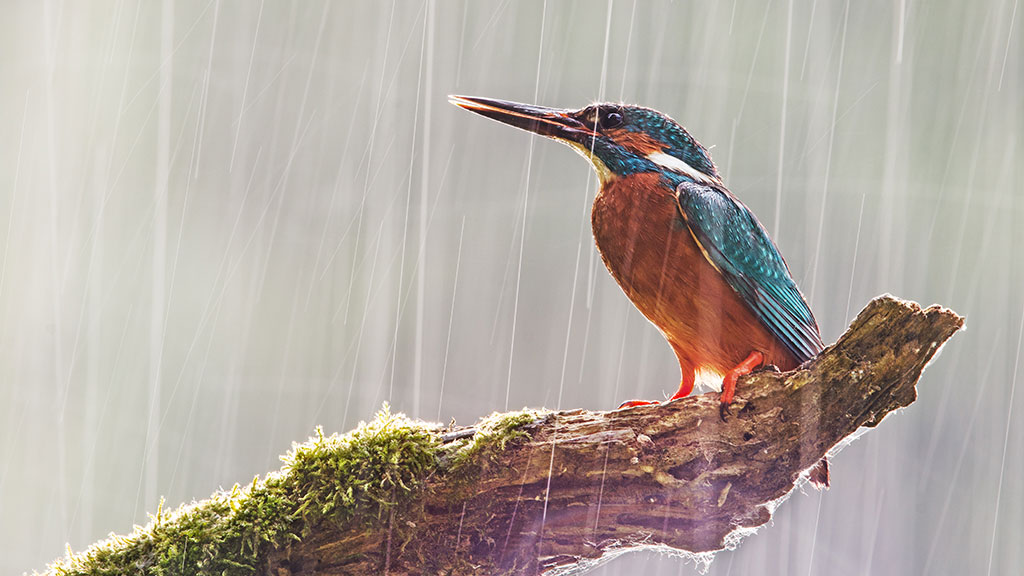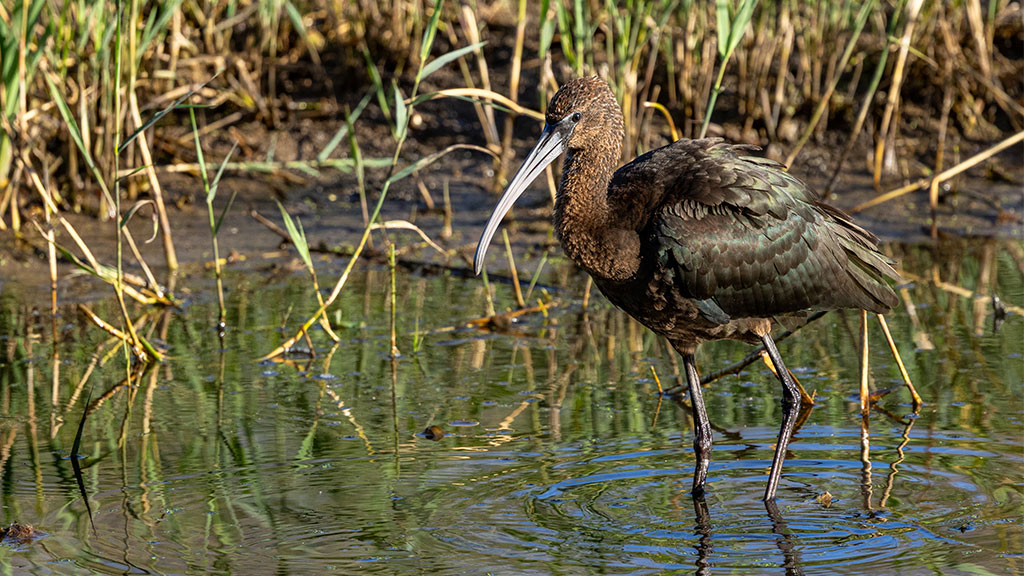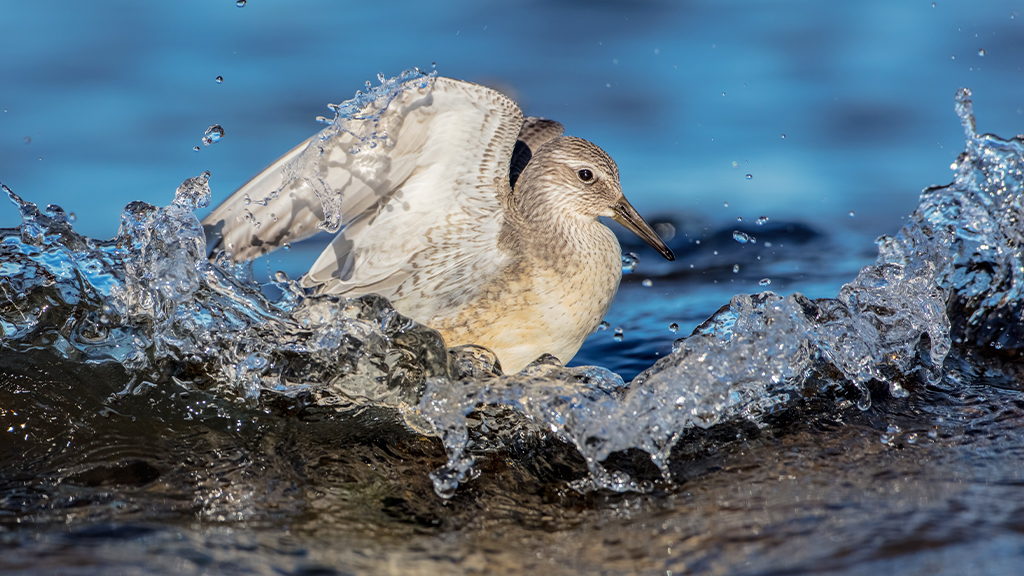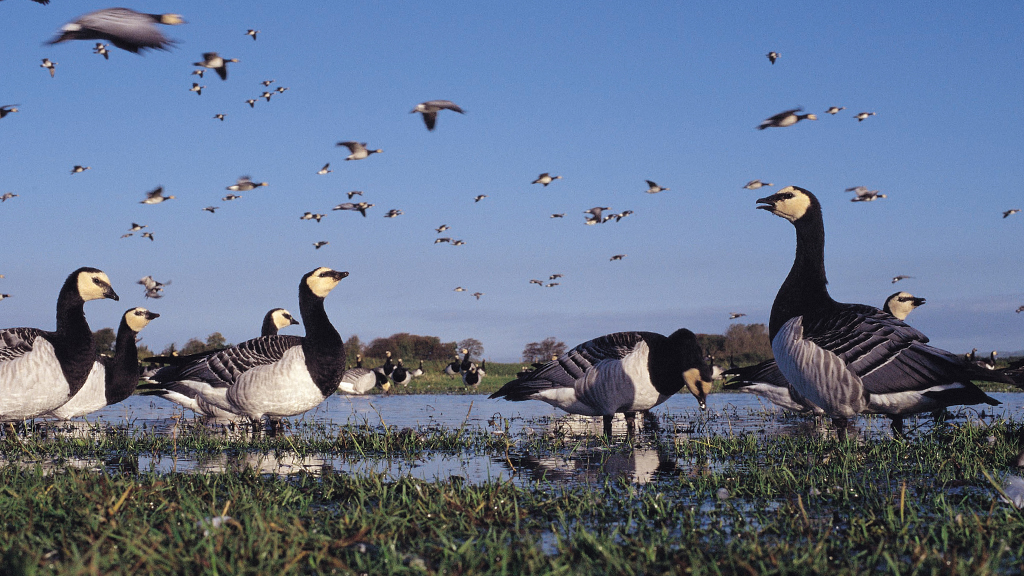How to take amazing photos of mammals
Award-winning wildlife photographer, David Tipling, shares his expert tips on how to improve your wetland wildlife pictures at our centres. Cameras at the ready, it's time to put mammals in the spotlight.
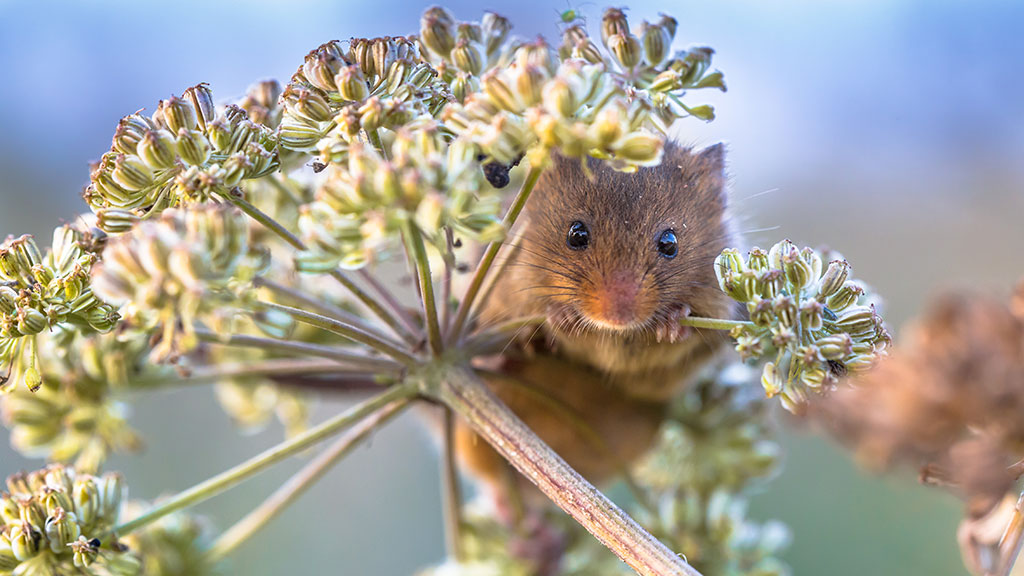
Photographing mammals is not without its challenges. The elusive nature of many species can mean encounters are fleeting. But help is at hand. Your local WWT centre offers exciting opportunities to photograph species you might only dream of seeing elsewhere. Otters and water voles are regularly seen at Arundel and London, while our brown hares can be spotted at Martin Mere and Welney.
But that’s only half the job. Not only should you be in the right place, you should also be prepared. A few seconds fumbling around in excited panic as your subject swims or runs past can leave you frustrated and photo-less, so have your camera switched on and with the appropriate settings ready to take pictures. Mastering good fieldcraft is important.
Stay quiet, move slowly, keep low and avoid showing your silhouette above the skyline to have the best chance of seeing shy mammals. Wind direction can be crucial. Some species are quick to pick up the human scent, so approach from downwind whenever you can.
Fieldcraft goes hand in hand with knowledge. Swot up and you could learn how to identify where an otter has stopped to mark its territory by leaving a spraint, or recognise a water vole feeding platform. These insights will help you to develop amazing opportunities to take your best photos.
Make eye contact
When we look at a photograph of an animal, it’s the eyes we focus on first, so it’s important that they are in sharp focus. If you can manage to take a picture where the animal is looking directly at the camera, then eye contact can make your image more emotionally powerful, as with this adorable harvest mouse.
Get on the level
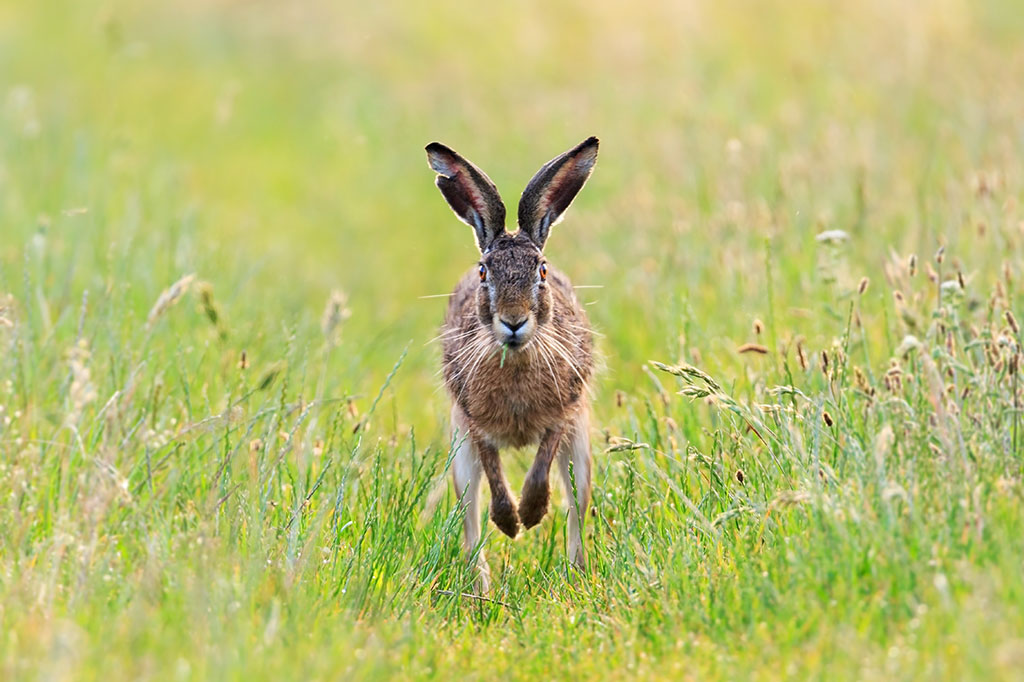
Don’t look down on your subject to take a photo. Being at the same level adds an intimacy to your pictures that is lost when photographing from higher up. Try kneeling or lying down, and be prepared to crawl through the grass if you need to. If you have a pet, you can experiment with this approach and see how it improves your photos.
Be ready for action
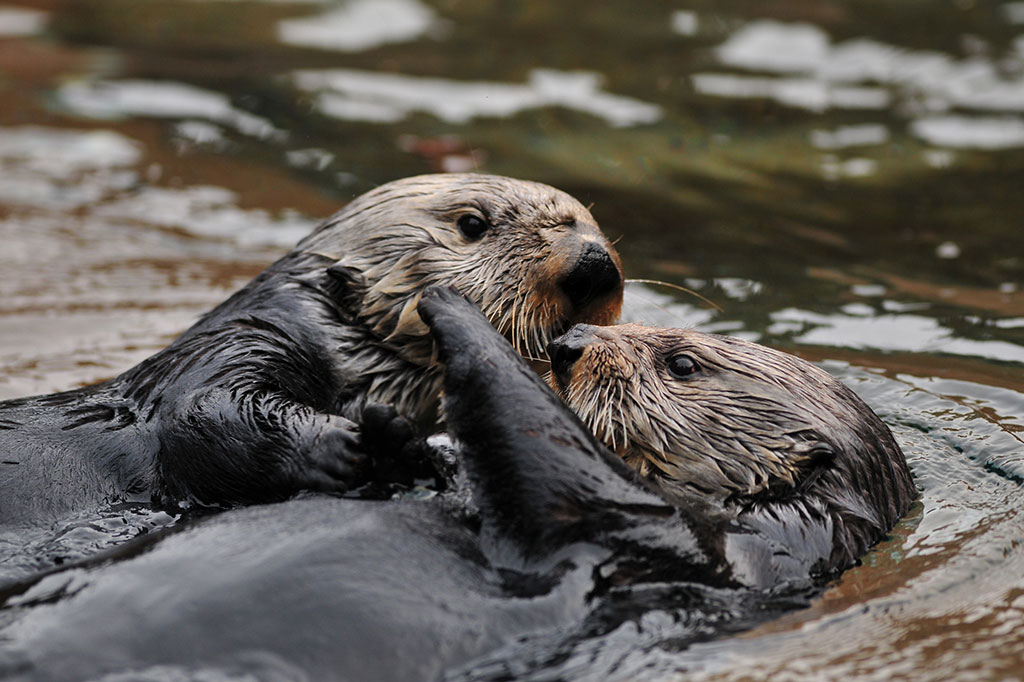
If you’re lucky enough to witness interaction between two individuals, such as these otters, try to keep your shutter speed high to freeze the action. As a guide, 1/1,000 sec should be enough, but go higher if the light is good enough.
Try to predict behaviour
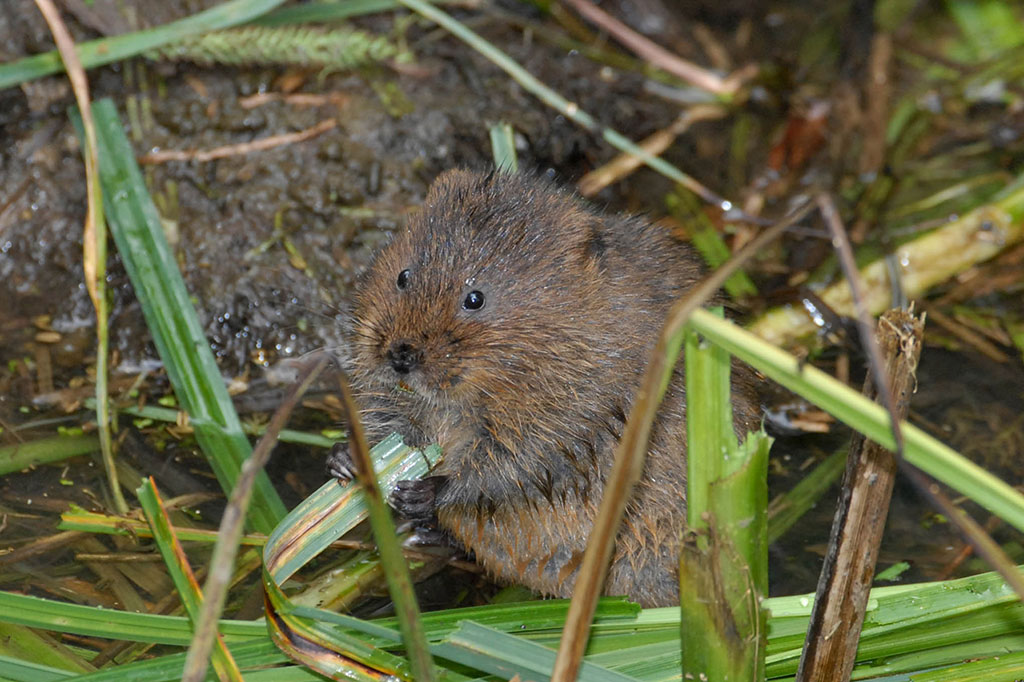
Some animal behaviour, like a water vole collecting bedding, is often repeated, so it’s worth sitting and waiting for another chance to nail the shot. These situations also allow you to try a variety of techniques, such as varying the focal length for both close portraits and wider animal-in-its-environment pictures.
David Tipling is one of the world’s most widely published wildlife photographers, renowned for his artistic images of birds. A multi-award winner, David is also the author or commissioned photographer for many books.
